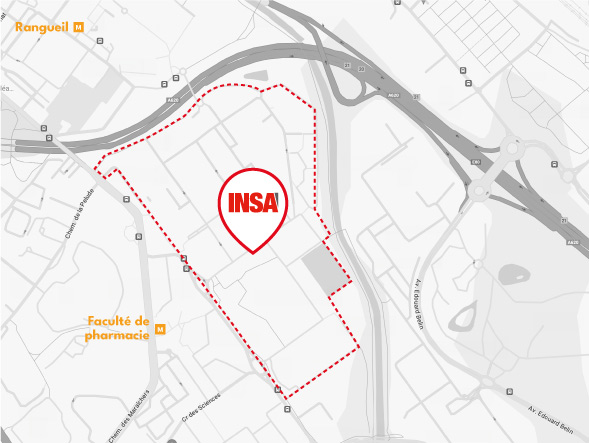Objectifs
The student must be able to:
Understand and develop materials used in Civil Engineering.
Develop an interdisciplinary understanding of sustainable urban development.
Navigate the complexity of civil engineering design projects and apply multicriteria, multi-stakeholder, and multi-scale spatial and temporal decision-making frameworks.
Explore the concepts of eco-design.
Manage the design of architectural programs.
Define, select, and specify construction materials.
Justify and assess the environmental impact of prescribed solutions.
Design the load-bearing structure of buildings (limited to vertical loads).
Calculate and predict load transfers (restricted to gravitational and operational loads).
This course is designed to:
Facilitate the development of skills in civil engineering project methods.
Promote the use of digital tools.
Enhance practices in design projects.
Introduce architectural design principles.
Provide guidance on the selection of construction techniques and materials.
Develop quantitative and multicriteria approaches.
The module aims to:
Present the dual Architect-Engineer curriculum.
Foster analytical thinking and design methodologies for building projects integrated within an urban fabric.
Serve as a practical application of concepts from Strength of Materials 2 (covered in semester 4), specifically focusing on the understanding of beams, loads, and the concrete application of static principles.
Pré-requis
"Civil Engineering Design with BIM: Utilizing a 3D modeling tool, focusing on the technical approach to parametric families and objects, and emphasizing collaborative workflows.
Strength of Materials 1 (SOM 1): Ability to apply the Fundamental Principle of Statics.
Évaluation
L’évaluation des acquis d’apprentissage est réalisée en continu tout le long du semestre. En fonction des enseignements, elle peut prendre différentes formes : examen écrit, oral, compte-rendu, rapport écrit, évaluation par les pairs…













